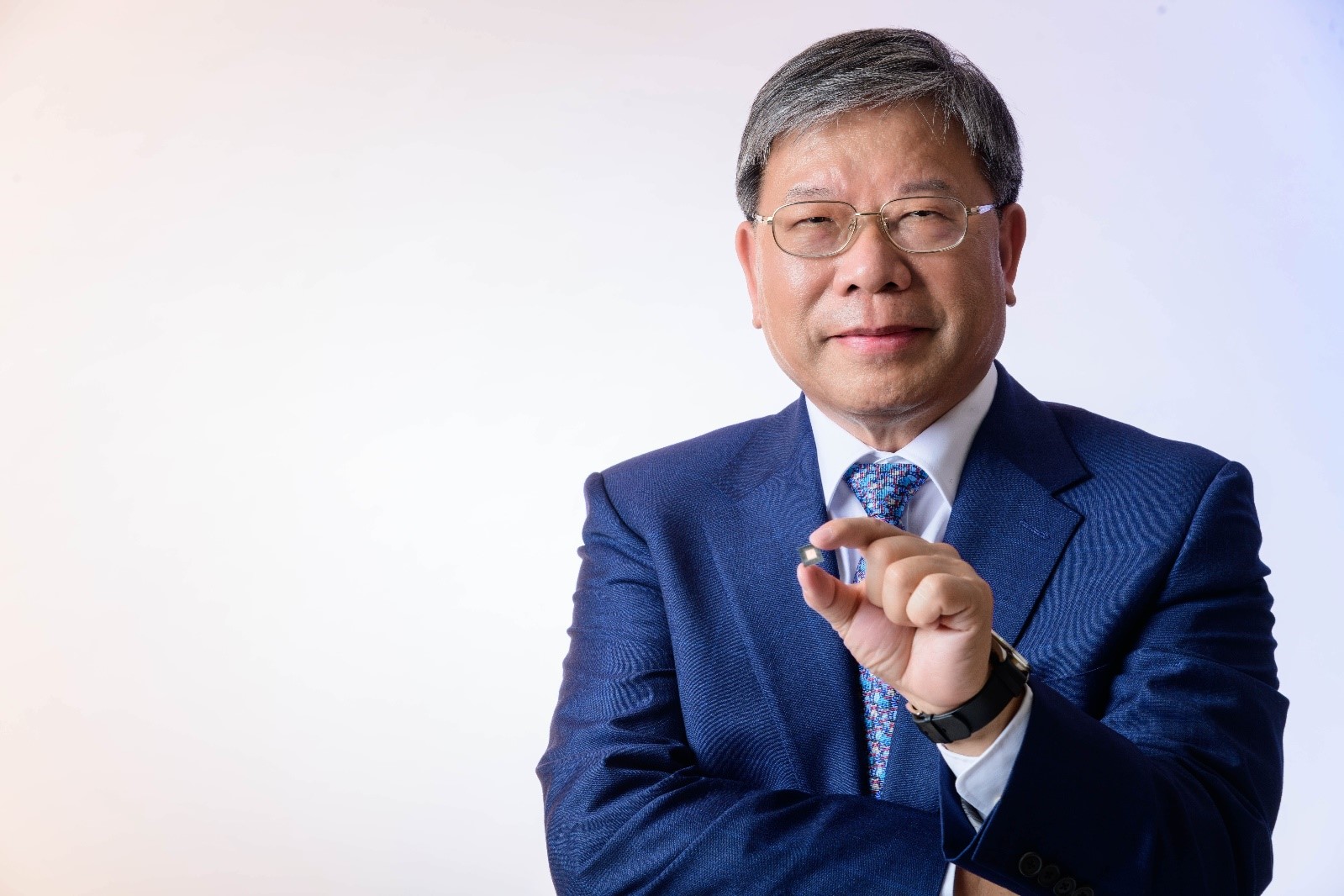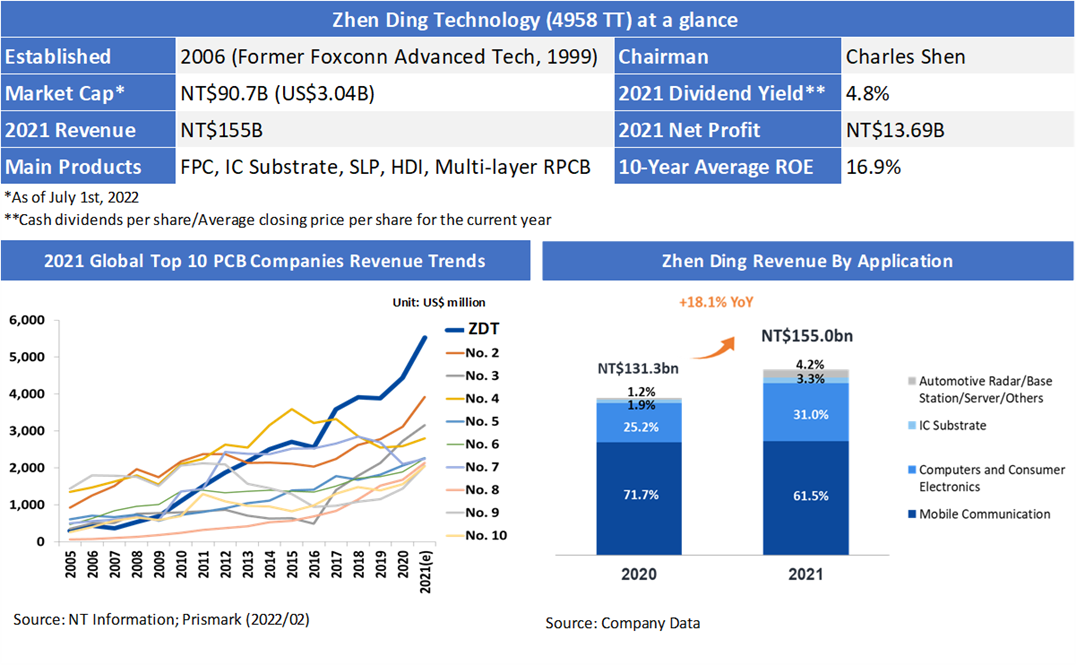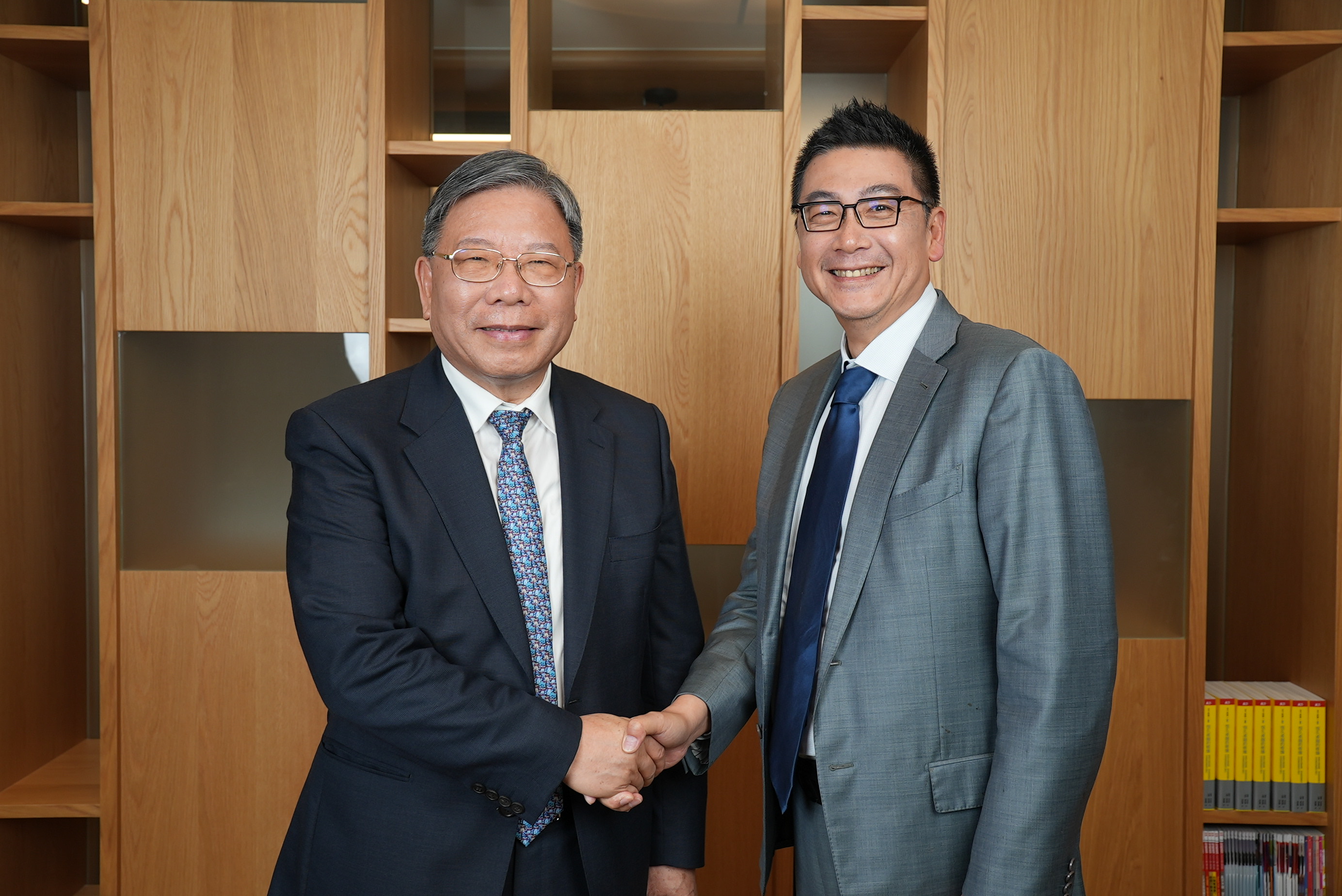
Charles says, “To me, ZDT is not simply just a profession or a business, but my ambition. I lead this company with my soul.” Charles has set a clear growth plan with the goal of making ZDT become the “TSMC of the PCB industry”.
Zhen Ding (ZDT), the world’s largest Printed Circuit Board (PCB) manufacturer, has recently attracted global investors’ attention since its investor conference in March when the company elaborated its long-term plan in the IC substrate business for the first time publicly. Since then, the company’s FINI holding increased by 4.41 percentage points. Compared to other IC substrate peers which faced net sold by FINIs year-to-date, Zhen Ding’s performance against the trend is particularly eye-catching.
Back in 2006, Charles Shen, who had just taken over the role of Chairman of ZDT the year before, made a bold statement to make ZDT become the world's largest PCB manufacturer. What made the statement particularly audacious was that in that year ZDT had only generated US$439 million revenue and was ranked 26th in the global PCB industry with 0.9% market share. As a result, no one, except for himself, had taken his statement seriously. Fifteen years later, in 2021, ZDT has now been the world's number one PCB manufacturer for five consecutive years, with revenue of $5.5 billion and a market share of 6.8%, a market share that no other company has ever achieved in this highly competitive PCB industry. ZDT’s remarkable operating results were attributable to the joint effort of a management team led by Charles that can “analyze data, outline clear business plans, make quick decisions, and ensure thorough execution on plans.” This demonstrates a high level of execution that no one in the industry can match.
When Charles walked into the meeting room to have an interview with us, he had several dense, neatly handwritten notebooks in hand, and was ready to share with us all the operating data for both ZDT and competitors. He says, “To me, ZDT is not simply just a profession or a business, but my ambition. I lead this company with my soul.” Now ZDT is investing heavily in IC substrates, and Charles has set a clear growth plan for the company, with the goal of making ZDT become the “TSMC of the PCB industry”.






